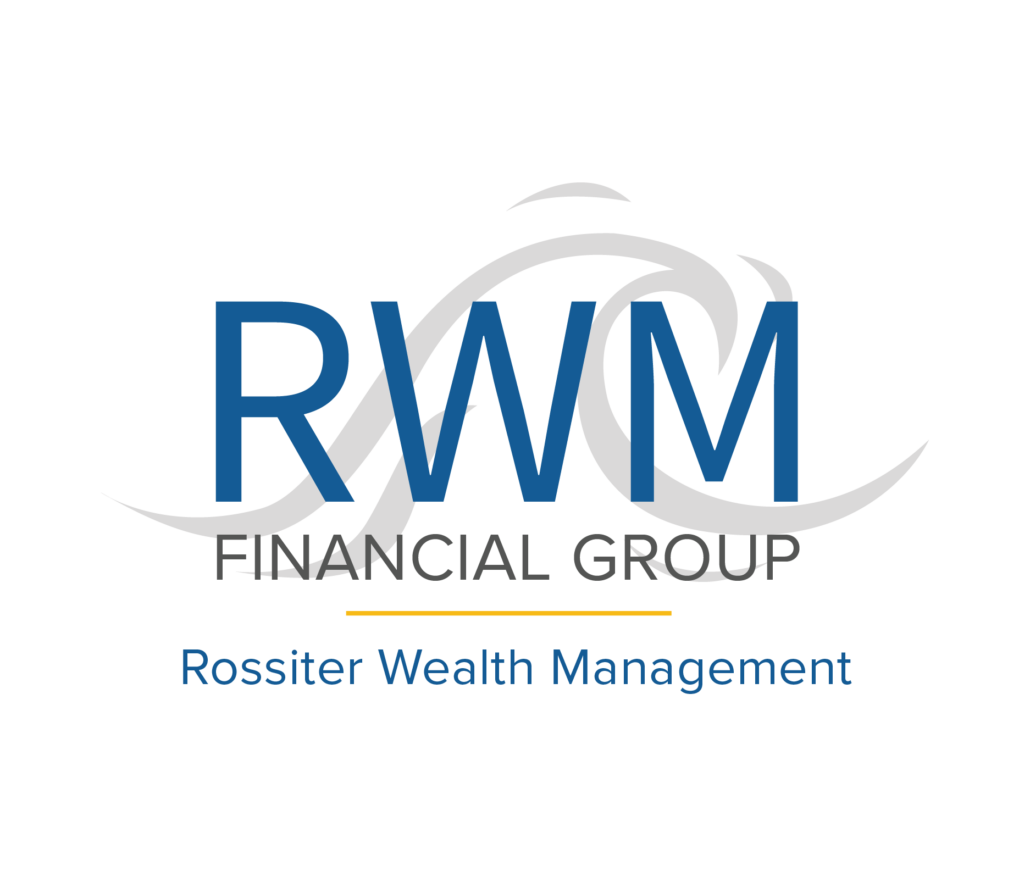Secure 2.0: What The New Legislation Could Mean For You
The Setting Every Community Up for Retirement Enhancement (SECURE) Act 2.0 offers solutions for a range of issues, including Required Minimum Distributions and student loan debt.
The bill has the potential to strengthen the retirement system and improve your financial readiness for retirement. The law builds upon previous legislation that raised the age for required minimum distributions (RMDs) and permitted workplace savings plans to offer annuities, ultimately concluding a prolonged debate on enhancing retirement savings through employer plans and IRAs.
The key retirement provisions of the Secure 2.0 Act include:
- Raising the age for retirees to begin taking RMDs from IRA and 401(k) accounts
- Modifying the catch-up contribution limits for older workers with workplace plans
- Matching for Roth Accounts
- Assistance with student debt
- Simplifying the process of transferring accounts from one employer to another
- Saving for emergencies within retirement accounts.
These new provisions will impact employees and employers alike. In this blog, we will discuss the key provisions of the Secure Act 2.0 and what these changes could mean for your retirement.
Significant Changes For Retirement Accounts
Starting on January 1, 2023, the required age for taking money out of your retirement account (RMDs) will increase to 73, up from 72. However, if you turned 72 in 2022 or earlier, you will still need to take money out of your accounts as usual.
Penalties for not taking RMDs will decrease as well. Currently, if you don’t take an RMD, you will be charged a penalty of 50% of the amount you were supposed to take out. Starting in 2023, the penalty will decrease to 25% of the RMD amount not taken. If you take the missed RMD and file a corrected tax return in a timely manner, the penalty will be reduced to 10% for IRA accounts.
Additionally, starting in 2024, Roth accounts in employer retirement plans will be exempt from RMD requirements, and the Secure Act 2.0 pushes the age of RMD to 75 starting in 2033. And if you’re receiving annuity payments from your employer retirement plan that exceed the RMD amount, you can apply the excess payment to that year’s RMD.
Higher Catch-up Contributions
Starting January 1, 2025, people between 60 and 63 years old will be able to put an extra $10,000 per year into their workplace retirement accounts as catch-up contributions. This amount could increase each year based on inflation. Currently, the catch-up contribution limit for people 50 years or older is $7,500.
Keep in mind that if you make more than $145,000 in the previous calendar year, any catch-up contributions you make when you’re 50 or older will have to be put into a Roth account, meaning you’ll have to pay taxes on the money before it’s deposited. The income limit can also increase with inflation.
Starting in 2024, the catch-up contribution limit for IRAs for people aged 50 or older will be indexed to inflation, meaning it could increase each year based on cost-of-living adjustments.
Matching for Roth Accounts
Employers will be able to offer their employees the option of getting matching contributions for their Roth accounts. However, it may take some time for plan providers to offer this option and for payroll systems to be updated. Before, matching contributions in employer-sponsored plans were made before taxes were taken out. With Roth accounts, contributions are made after taxes, but the earnings can grow tax-free.
Unlike Roth IRAs, employer-sponsored Roth accounts will still require RMDs until the tax year 2024.
Qualified Charitable Distributions (QCDs)
Starting in 2023, if you’re at least 70 ½ years old you’ll be able to give up to $50,000 (adjusts annually for inflation) as a one-time gift to certain types of charities. This can include a charitable remainder unitrust, a charitable remainder annuity trust, or a charitable gift annuity as part of your Qualified charitable distributions (QCDs) limit.
The Secure Act 2.0 expands the types of charities that can receive QCDs. This gift will count towards your annual RMD if you’re required to take one. It’s important to note that the gift must come directly from your IRA by the end of the calendar year and not all charities qualify for QCDs.
Retirement Plans for Employees with Student Debt
Starting in 2024, the SECURE 2.0 Act allows employers to make contributions to their employees’ workplace savings plans, even if the employees are still paying off student loans.
Workers will no longer have to choose between paying off their college loans or saving for retirement. Additionally, employers will be able to make contributions that match the amount of student loan debt repaid by the employee in a given year. This can be an effective way to attract and retain employees as they plan for retirement.
Emergency Savings
In 2024, defined contribution retirement plans will be able to include an emergency savings account as a designated Roth account that can accept participant contributions from non-highly compensated employees. Contributions will be limited to $2,500 per year, or lower if set by the employer. The first 4 withdrawals in a year will be tax and penalty-free. Depending on the plan’s rules, contributions may be eligible for an employer match. An emergency savings fund can help plan participants save for short-term and unexpected expenses, and also provides them with penalty-free access to funds.
Improved Legislation
The Secure Act 2.0 offers a variety of solutions to retirement-related issues, including raising the age for RMDs, modifying catch-up contributions, and allowing employers to match contributions for Roth accounts. These changes aim to strengthen the retirement system and improve Americans’ financial readiness for retirement.
Read the full SECURE Act 2.0 here.
Need Help Preparing for Retirement?
Preparing for retirement can be a complex and overwhelming process. You need to have a thorough understanding of how to make the most of your distributions and avoid potential pitfalls to ensure a comfortable and secure retirement. It can be beneficial to seek guidance from a team of financial experts to develop a personalized plan that aligns with your specific needs and goals.
Contact RWM today to learn more about retirement plan distributions and how we can help you get ready for retirement.


